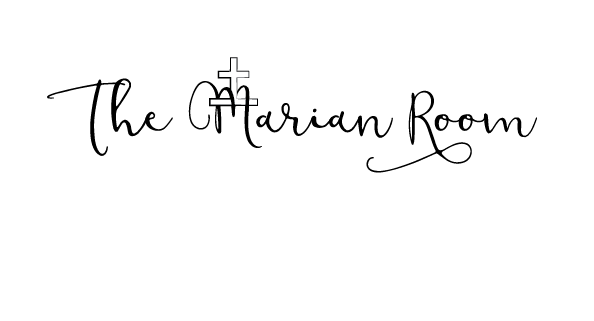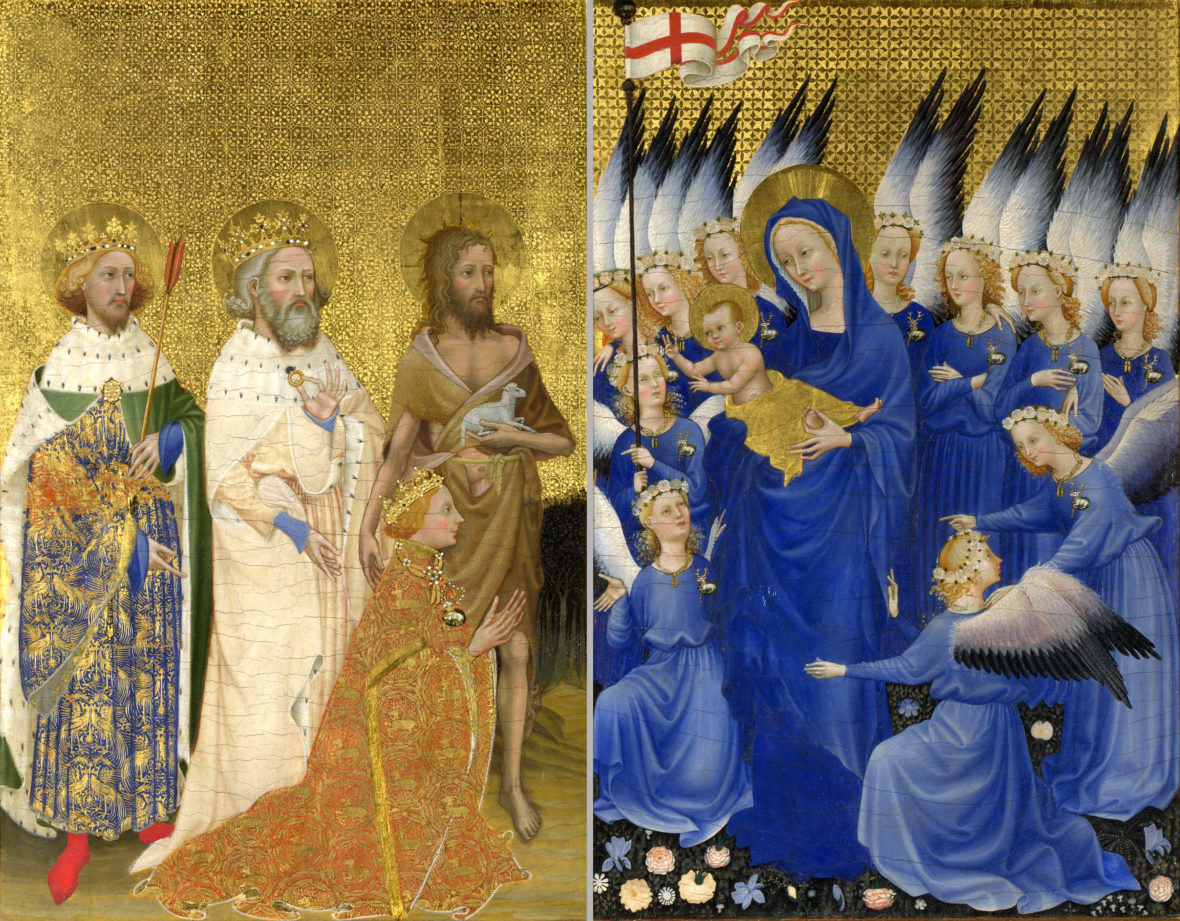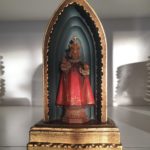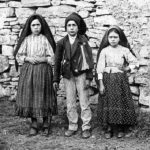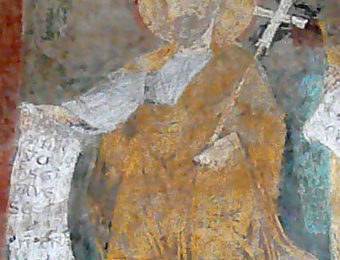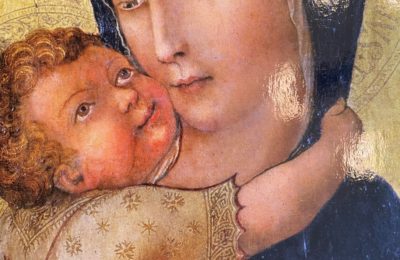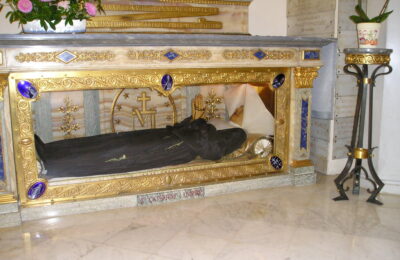This week, the blog of the National Catholic Register contained a bit of news which would have delighted the Catholic English writer Gilbert Keith Chesterton: in 2020, England is to be rededicated to the Blessed Virgin Mary. The word rededicated is used as, long ago, England was presented as a gift to Our Lady by the English monarch, King Richard II (b. 1367- d. 1400). This act occurred prior to the establishment of the Church of King Henry VIII, aka, the Church of England, as King Richard was a Catholic; as were all Christians at that time. This week’s NCR story, written by Joanna Bogle, reports that:
Next year, 2020, England will be dedicated anew to Our Lady of Walsingham. It will happen on the Solemnity of the Annunciation at Walsingham, the ancient shrine that has been a place of pilgrimage for more than 1,000 years.
England was first dedicated to Our Lady in 1381 by King Richard II, at a time of division and unrest and at the initiative of the king. England became “Mary’s Dowry.” This is central to the nation’s story, and the dedication is shown in the famous Wilton Dyptych, which hangs in the National Gallery in London. In the image, the king kneels before Our Lady and presents the country to her.
The rededication in 2020, led by the bishops of England and Wales, comes as fresh challenges face the country…
Today, we use the word “dowry” to mean the money that a bride brought to her marriage, but the medieval meaning was different. It was the portion of money that a man set aside on his wedding day for his wife, to provide for her always, even in widowhood. The word essentially referred to something “set aside”: So England has been “set aside” as a gift to Mary.
The bishops of England and Wales are making this project central to the life of the Church over the next months. The Pilgrim Statue of Our Lady of Walsingham is visiting churches, shrines and cathedrals across the country, with special services, prayers and Masses. This “Dowry Tour” has been spread over two years and began at Liverpool Cathedral in June last year. It has already gone to, among other places, Brentwood, Salford, Hallam and Middlesborough Cathedrals. As I write, London awaited the pilgrim statue, at St. George’s Cathedral, Southwark, on Feb. 21, and after the ceremonies and devotions there, it will take off again to visit East Anglia’s cathedral in Norwich, before returning to London’s Westminster Cathedral in March. Then it sets off again for Birmingham, Nottingham, Leeds and Arundel and more. Not only will every Catholic cathedral receive the statue, but also extra groups like the Bishopric of the Forces and the Personal Ordinariate of Our Lady of Walsingham.
The National Shrine at Walsingham explains the re-dedication: “We call upon Our Lady to guide and protect our country in the years to come, that the people of our country may work together to build a common good, as we seek to embrace the truth of the Gospel that inspires us to create a culture that respects life, embraces the great diversity of our people, and inspires all to a greatness of heart that will serve our community, seeking the good of others before ourselves, especially the poor and the marginalized of our world.”
In an ecumenical gesture, Westminster Abbey — founded by St. Edward the Confessor in the 11th century and now Anglican — will have a day in honor of Our Lady of Walsingham on May 4. It will include Marian devotions and a lecture by Eamonn Duffy, Britain’s leading Catholic historian. And Archbishop Rino Fisichella, president of the Pontifical Council for the Promotion of the New Evangelization, will preach at a special Evensong.
This is all much more important than a mere statement of the facts indicates. Westminster Abbey is where King Richard made the first dedication, back in 1381, on the feast of Corpus Christi. It is where Pope Benedict XVI was greeted at an ecumenical gathering during his state visit to Britain in 2010 before he went across the road to Parliament to address a gathering chaired by the speaker of the House of Commons and attended by representatives from across Britain’s political and civic life.
The NCR article is topped, as is this post, by a picture of the famous Wilton Diptych, which is a painting commissioned by King Richard II depicting his gifting of England to Our Lady. This painting is housed in the The National Gallery in London.
It’s too bad that Gilbert K. Chesterton is not alive to see this moment in history, but from his heavenly abode it must give him great joy, as it does all of us who love England, and love Our Lady.
May you have a good day.
~SCF
~More information on the Shrine of Our Lady of Walsingham, England’s Nazareth, may be found here.
~Image: the Wilton Diptych, source.
~Video tour of the Wilton Diptych here.
